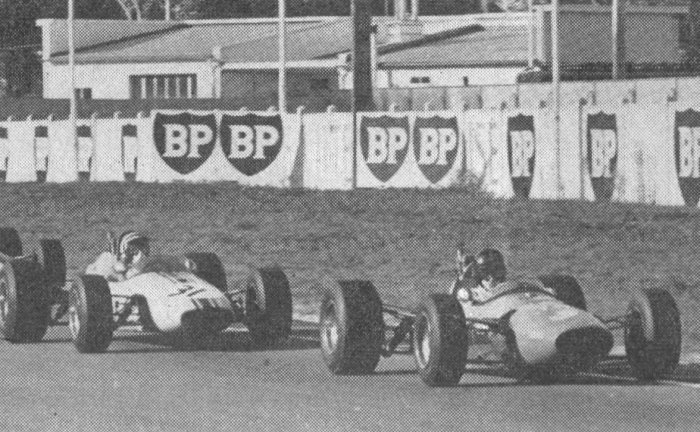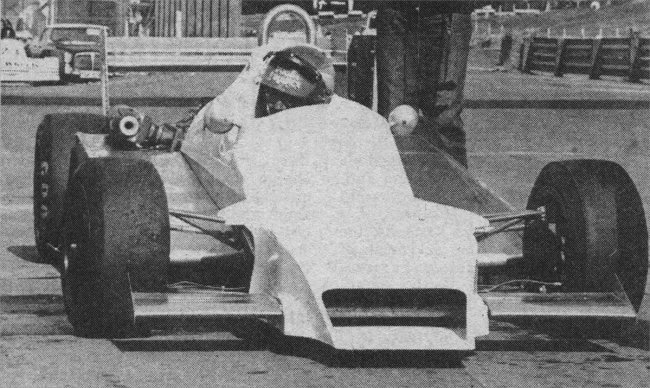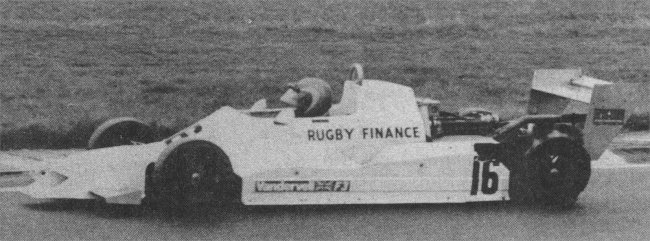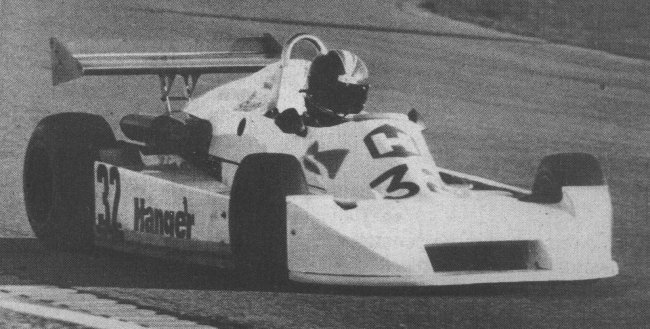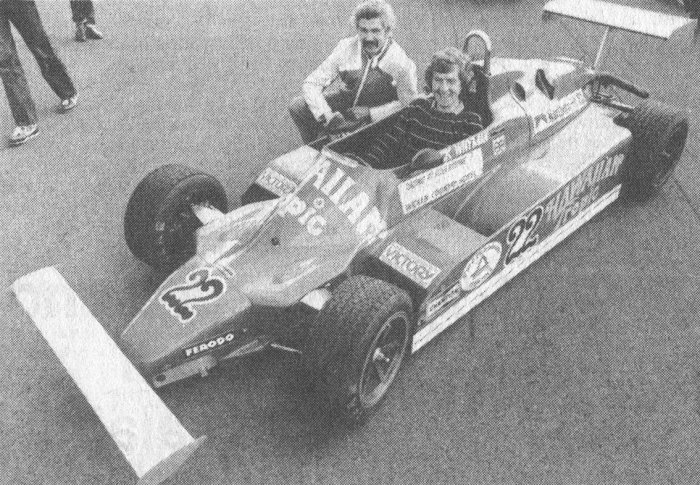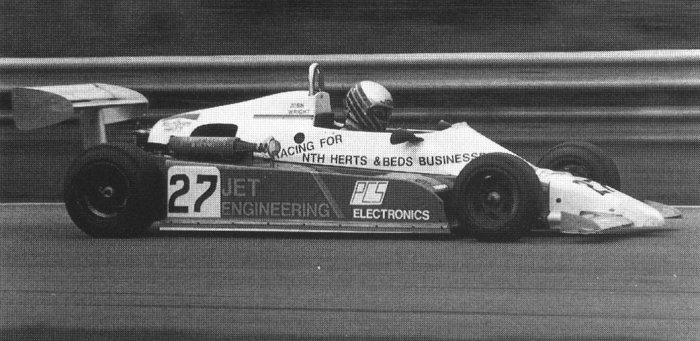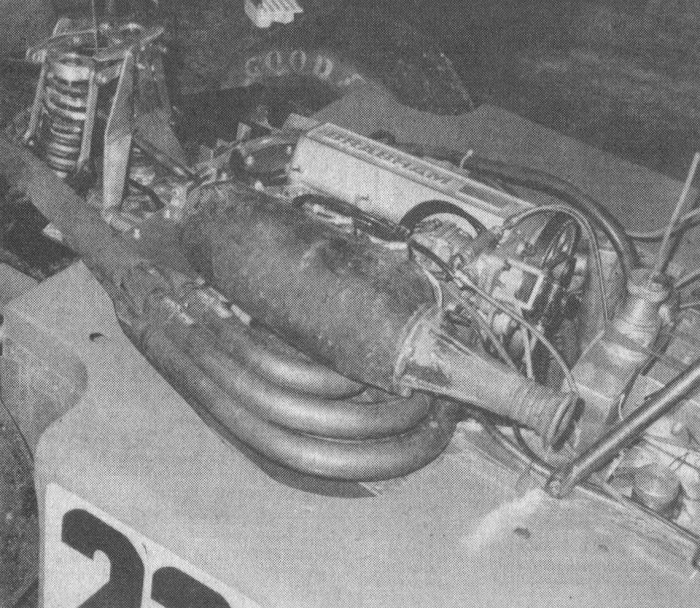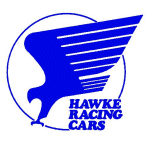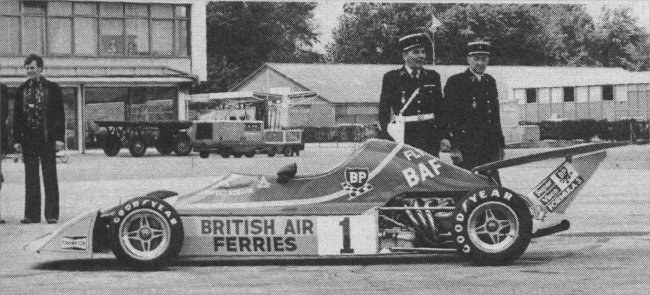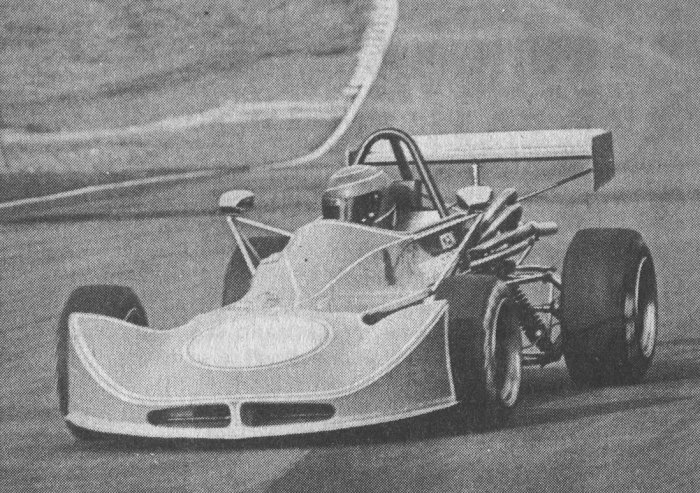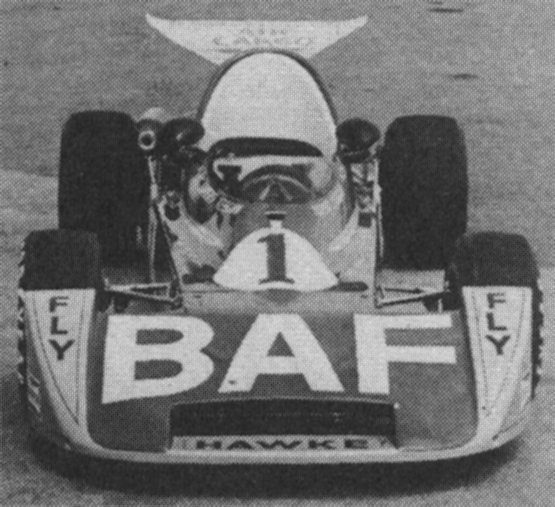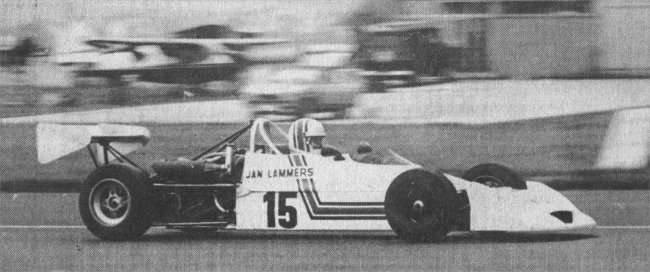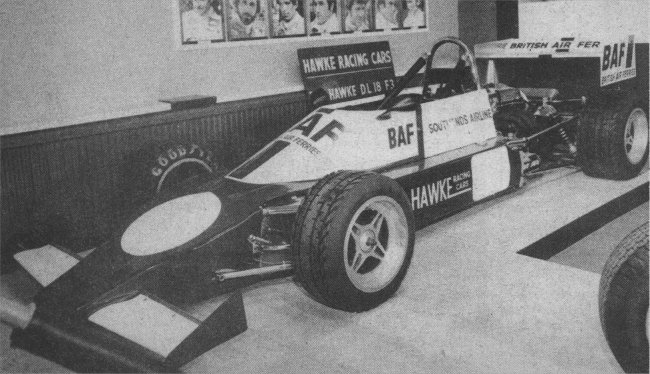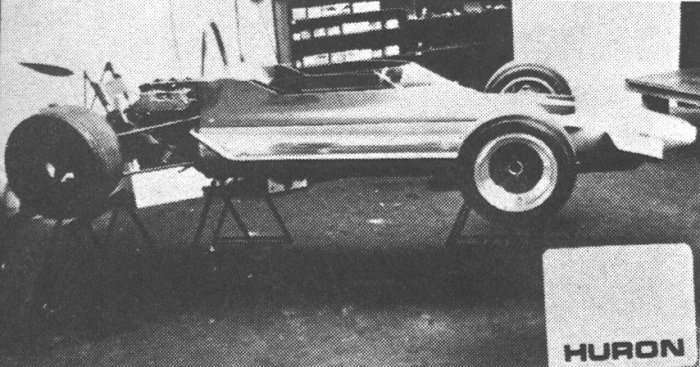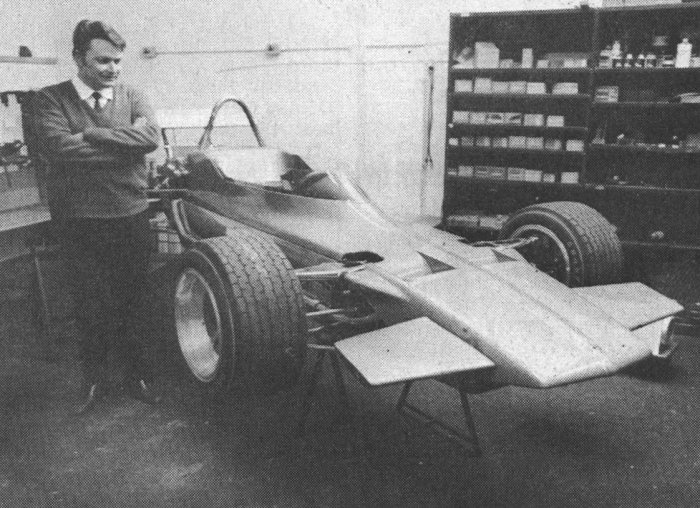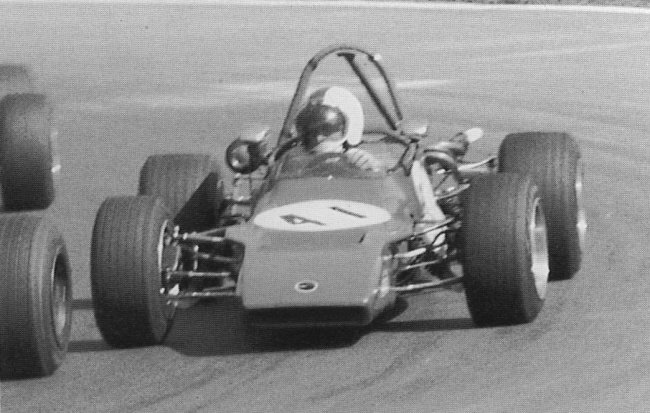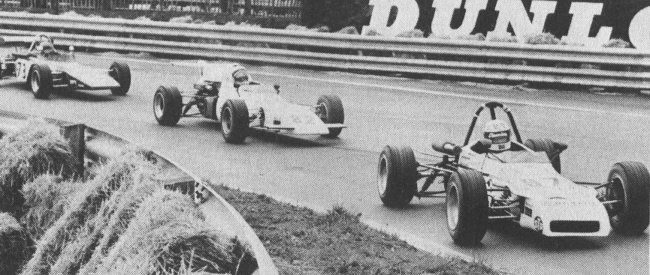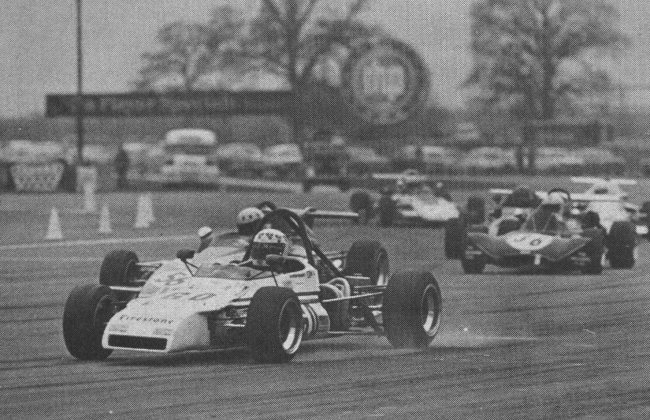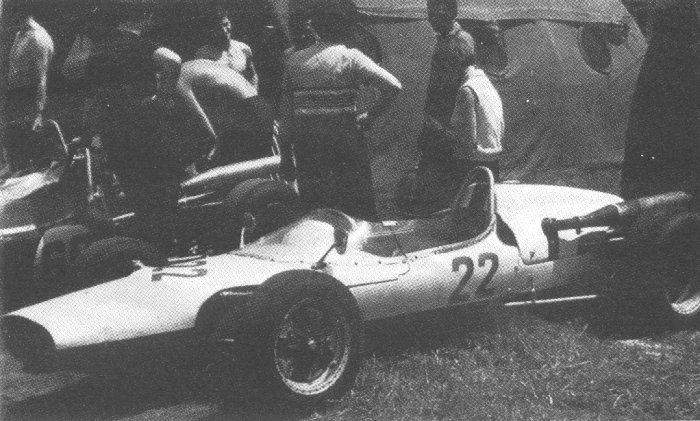Pygmee
Marius Dal Bo (hence the MDB type numbers) ran a heating equipment company in Annecy and in an effort to help his son Patrick’s racing career he built a F3 car for him in 1965. Over the next few years Pygmée built a small number of F3 cars without any great success until in 1969 a F2 car was produced. For the next five years the company produced a series of uniquely styled cars that on occasions showed signs of being competitive, possibly even winners. Sadly however the looked for breakthrough never happened and at the end of 1973 Pygmée withdrew from F2 having given up on F3 in 1970.
1965
The first F3 Pygmée was apparently a small rather spidery machine with a spaceframe chassis. The only results of consequence were a fifth at Chimay and a second at Monza both for Patrick Dal Bo.
1966
Continuing in 1966 there was no real improvement Dal Bo winning at Opatija and finishing second at the Sachsenring, but opposition was weak mostly consisting of East German F3 cars. It’s not clear if this was the same car that was raced in 1965 but it was described as having a short wheelbase and not handling too well.
1967
Experienced South African Trevor Blokdyk joined the team in 1968 and took a win at Hameenlinna in Finland, otherwise a couple of sixths were the only other worthwhile results. It seems as if a new car was introduced for this year, it was the first Pygmée monocoque and had a reputation for being neat but not too stiff causing the car problems on the bumpier tracks.
1968
Two cars were used in 1968, the first was the MDB10 a modified Formule France chassis. It was a spaceframe design with double wishbones at the front and outboard springs and dampers. At the rear it used a top link, lower wishbone and radius rods with the springs and dampers outboard also. A Holbay engine and a Hewland gearbox were used.
The MDB11 was a monocoque version of the MDB10, it used a bathtub monocoque with a tubular frame for the engine. The same engine and gearbox as the MDB10 were also used.
Montlhéry obviously suited the cars as Dal Bo took a first and a second there in the monocoque car whilst Offenstadt took a third in the spaceframe car.
1969
The MDB14 was introduced for 1969, seemingly Pygmée reverted to a spaceframe and fitted it with a wedge-shaped body. Dal Bo used both this car and the monocoque MDB11 but spent a lot of time crashing, coupled with Pygmée’s preoccupation with F2 racing there were no decent results obtained.
1970
Pygmée staggered into 1970 with the same cars and the same lack of success and at the end of the season they rang down the curtain on F3 racing.
Drivers
1965 Patrick Dal Bo.
1966 Patrick Dal Bo, Wilson Fittipaldi, Eric Offenstadt, Jean Sage.
1967 Trevor Blokdyk, Patrick Dal Bo, Michel Jourdain, Jean-Pierre Moussier.
1968 Patrick Dal Bo, Jean-Pierre Hanrioud, Jean-Pierre Moussier, Eric Offenstadt, Jean-Paul Sulpice.
1969
Patrick Dal Bo.
1970 Hervé Bayard, Patrick Dal Bo.

